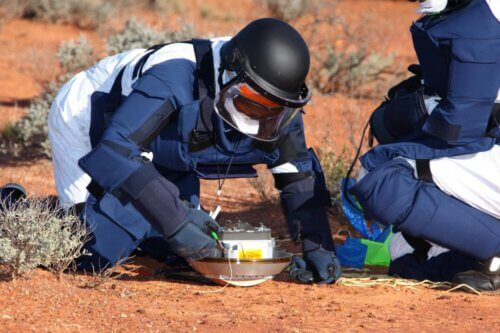Organic materials have been found on meteorites before, but Yabusa was the first time a sample of an "S-type" asteroid was observed to contain organic molecules. It even came directly from the source, and was not subjected to significant periods of time on Earth before being tested

Panspermia is an idea that has been around for a long time. It was first mentioned in the fifth century BC by Anaxagoras, one of the most prominent pre-Socratic philosophers. The problem with the theory is that there has never been any real evidence to support it. This lack of proof has changed dramatically in the last twenty years or so, and recently more data has been added to this collection of data. A team from Royal Holloway, part of the University of London, found organic matter and water in a sample of Itokawa, the asteroid visited by the first Yabusa mission more than XNUMX years ago.
Organic materials have been found on meteorites before, but Yabusa was the first time a sample of an "S-type" asteroid was observed to contain organic molecules. It even came directly from the source, and was not subjected to significant periods of time on Earth before being tested.
And more interestingly, the team led by Dr. Queenie Chan found that there were two different types of organic matter on the one grain of the asteroid they were able to study, which was named "Amazon". Some of the organic material was heated to a temperature of more than 600 degrees, while other organic material that is very close to the massively heated material did not undergo such a heating process.
This indicated that the asteroid continued to collect organic material as it moved through the solar system after the heating event that burned off only some of the organic material. Dynamic changes such as those observed in the organic matter on Amazon mean that an asteroid is more likely to pick up material during its journey, and therefore more likely to leave it on Earth. Since S-type asteroids are the most common form of meteors, it is more likely that some of them that hit Earth billions of years ago carried these life-building chemicals.
This is by no means conclusive proof that panspermia occurred, although it is another fact in its favor. Fortunately, more sample return missions from the Yabusa successors will yield more data in the near future. But whether or not they will contain organic substances - we will wait and see.
For the news in Universe Today
More of the topic in Hayadan:

3 תגובות
I didn't know you lived 4 billion years to make that assumption. You must have serious back problems
This is the most logical possibility for life on Earth, because in order for it to develop, much more than 4 billion years are needed. And the abundance of stars means that statistically there will be millions of inhabited stars and we are not alone
A word about what is organic matter?